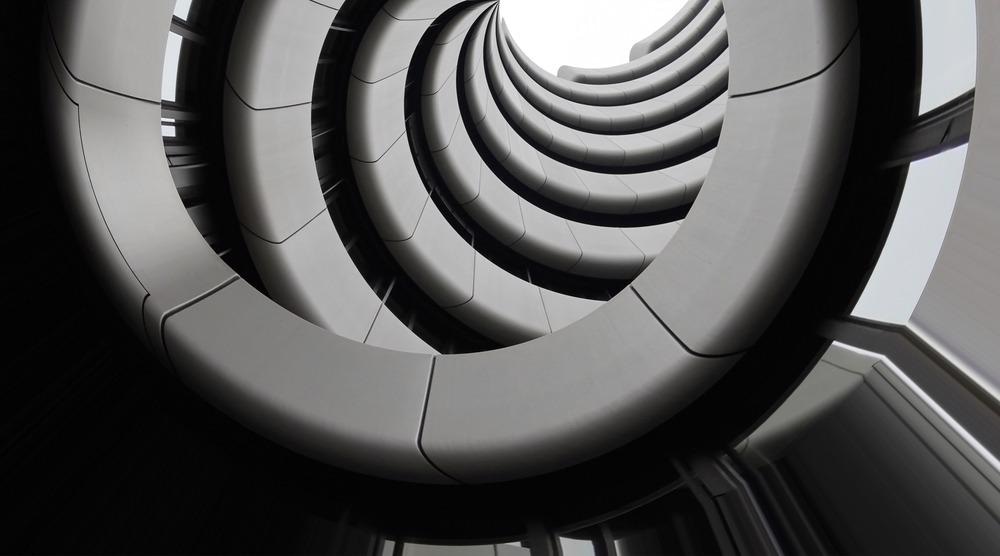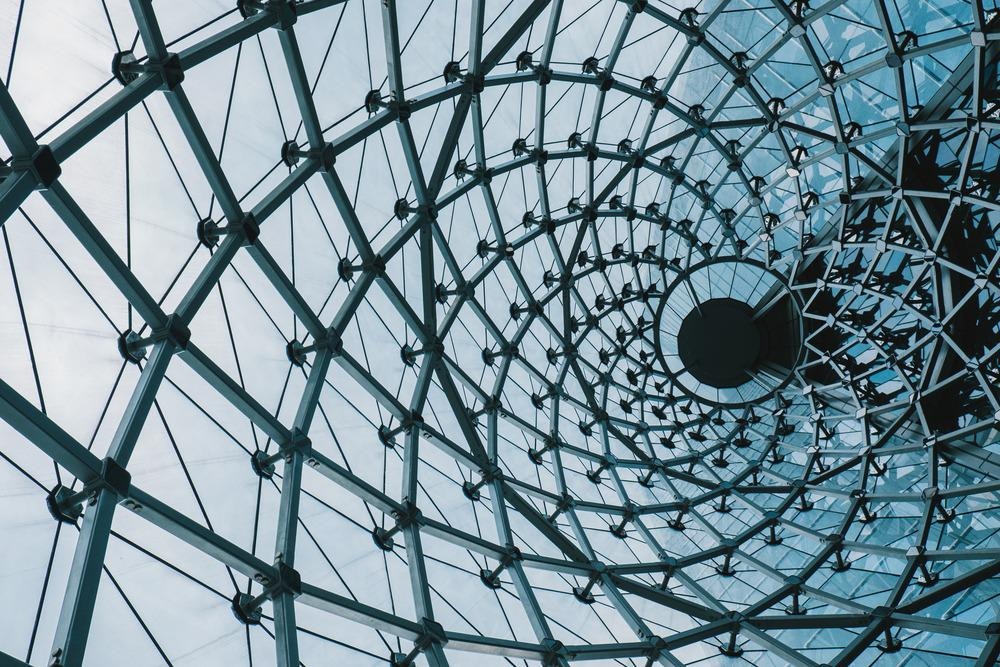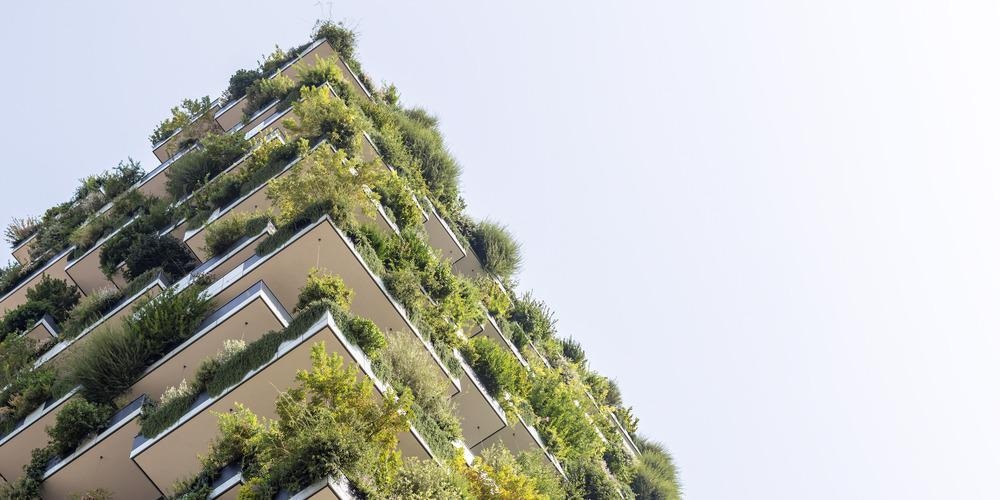What is the future of architecture? Is there still a place for aesthetic beauty, as seen in the baroque charm of European cities? Or is the future more functional and procedural, an urban landscape of blocks? Or is there room for both? To what extent is there a trade-off between beauty and function, and can attractive buildings have both practical and visual benefits? This article will discuss the subject.

Image Credit: Unconventional/Shutterstock.com
Architecture as an Art Form
There can be said to be two schools of thinking when it comes to architecture: those that believe that it is a building science with engineering at its core, and those that look at it from a more creative and artistic standpoint. Are both valid?
Certainly, warehouses and industrial units need to be built with practicality and functionality in mind, but does that mean that the houses we live in and the skyscrapers that dot our city skylines should not have an intrinsic artistic and sensual appeal?
Visit any city in the world, and you will find historic buildings such as Cathedrals, Mosques, libraries, universities, and historic cultural landmarks that elicit a deep sensory reaction and feeling of wonder when walking through their halls.
The touch of crumbling brick, the echoes in marbled hallways, the sight of flourishes in every detail. Architecture as an art form can be said to elevate the experience of being in a physical space into something that touches upon the profound.
The 20th Century: Concrete Ideas Vs. Flights of Fancy
At the opening of the 20th century, the phrase “form follows function” held sway. This denoted that a buildings form must adhere to its intended function. Individual aesthetic embellishments existed, but the world’s cities were incredibly functional and businesslike with not much room for romanticism and beauty.
In the Soviet Union, architecture was elevated to high art as part of the wider social revolution.
Geometry became more irregular in both art and architecture. The way was paved for a meeting of function and form in a manner that fundamentally changed both. However, during the post-war era, Modernism became the predominant architectural form. Brutalism came along in the 1950s, with its harsh exposed concrete and unrelenting functionality.
A prime example of architecture as an artform came in the late 20th century.
A transition from the practicality and functionality of the post-war years, the otherworldly architectural revolution of deconstructivism tore apart established norms. The old was deconstructed: the remnants of its crumbling façade was molded into something new and brave.
It was the unleashing of infinite possibilities of form and style with elements of Constructivism, Modernism, Postmodernism, and even Cubism.
Where Does This Leave Us Now?
The Lebanese architect Hashim Sarkis has stated that “we are entangled and exhausted by procedural thinking.” According to a recent survey by Rockwool, 73% of respondents stated that beautiful architecture improved community dynamics, and 85% said their feelings were affected by architecture.

Image Credit: nuu_jeed/Shutterstock.com
Our surroundings have a profound psychological effect upon our wellbeing. After all, some of the functions of art are to show us beauty, inspire us, and calm us: our cities and buildings could do the same thing if elevated to high art.
However, there are practical considerations that architects must pay attention to when designing buildings. Weathering, environmental impact of building materials, decay, local building codes, and the critical limits of materials are all factors that affect modern buildings and planning.
These factors limit the aesthetic potential of new buildings.
Additionally, increasing global crises (such as extreme weather events and climate change) and the impact of the Covid-19 pandemic lend credence to the idea that it is better to design buildings that can withstand crises, rather than those pleasing to the eye.
But what if we could have both? Why must beauty and imagination be sidelined for the sake of practicality and function? Our environment affects our well-being. Designs that keep in mind both functionality and aesthetic appeal may be the future.
Can Biophilic Building Design Provide Both?
The fact remains that construction is one of the most polluting human activities, and urban centers are the most polluted areas on earth. New ways of thinking in architectural design and city planning are needed to help achieve global targets on climate action.
Biophilic design is a concept that marries the built and natural environments.

Image Credit: tostphoto/Shutterstock.com
It uses elements of direct and indirect nature, natural landscape, and geometric features such as curves and fractals, natural ventilation, lighting, and so forth, to connect people to nature. It helps create a healthier and more productive built environment. Arguably, there is nothing more aesthetically pleasing than nature: biophilic design surrounds occupants with beauty without affecting the functionality of the building.
Overall, biophilic buildings must pay attention to the whole effect: merely including a few plants here and there is not enough. Elements unrelated to the built environment should be avoided.
A biophilic design should try to emulate an entire ecosystem. Current examples include the Louisiana Children's Museum in New Orleans.
Biophilic buildings may be the future of construction and city planning. By incorporating living elements into design decisions, the environmental impact of construction is also reduced, whilst providing residents with cleaner, more toxin free air.
Biophilic design presents both a challenge and an opportunity for architects and city planners of the future, where cities are both cleaner and have the same profound psychological effect as walking through a forest.
Summing Up
Over the wide span of history, the built environment has changed as tastes and needs dictate.
Whilst practical and functional considerations must be at the heart of good design, there is plenty of space for artistic expression and aesthetic ideals. Being able to achieve both these aims will make the built environment into a place where people do not just live but also thrive.
Further Reading and More Information
ArchDaily (website) What is Deconstructivism? [Accessed online 12th October 2021] https://www.archdaily.com/899645/what-is-deconstructivism
Crannull.co.uk (Website) Architectura as an art form – the sensory side of buildings [Accessed online 12th October 2021] https://www.crannull.co.uk/art-form.html
International Living Future Institute (website) Homepage [Accessed online 12th October 2021] https://living-future.org
Philip Kennicott (2020) Designing to Survive Washington Post [Accessed online 12th October 2021] https://www.washingtonpost.com/magazine/2020/07/13/pandemic-has-shown-us-what-future-architecture-could-be/
Rockwell.com (Website) Aesthetics in buildings are important [Accessed online 12th October 2021] https://www.rockwool.com/group/about-us/our-thinking/urbanization/aesthetics
Disclaimer: The views expressed here are those of the author expressed in their private capacity and do not necessarily represent the views of AZoM.com Limited T/A AZoNetwork the owner and operator of this website. This disclaimer forms part of the Terms and conditions of use of this website.